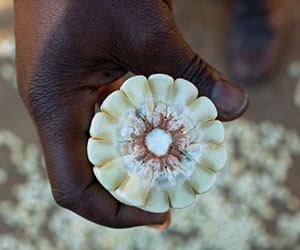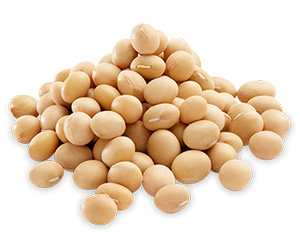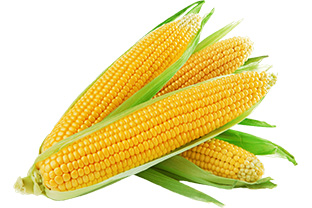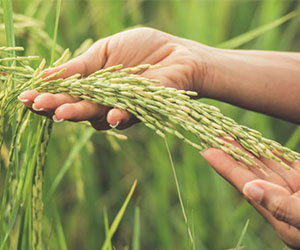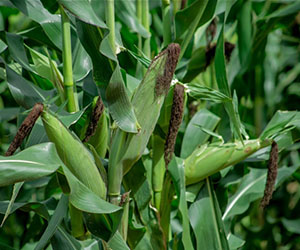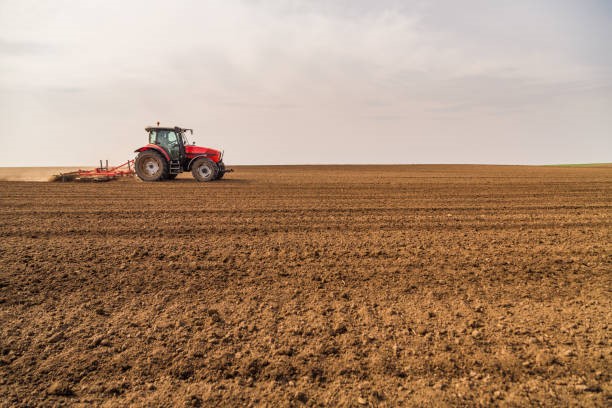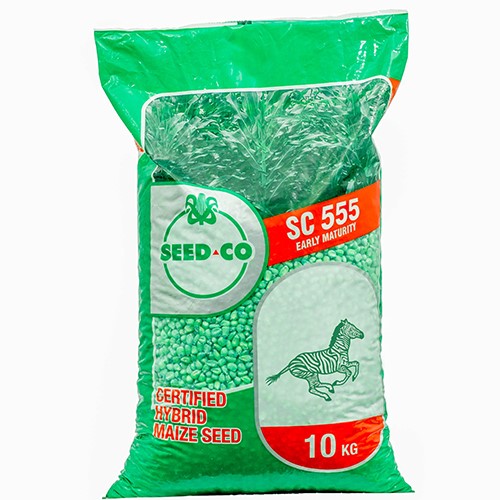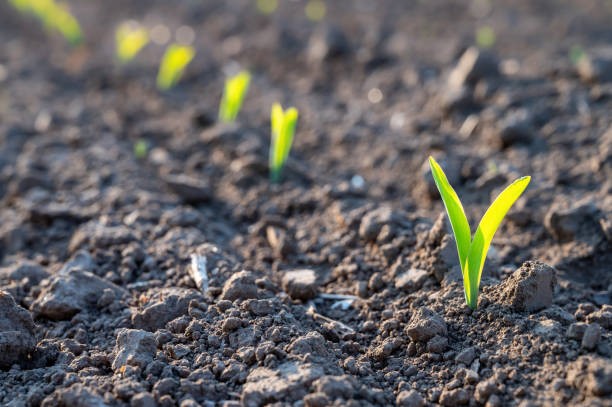There are a thousand reasons for low yields, but only two reasons for higher yields: Seed Co Seed and adoption of Good Agronomic Practices. You can have the best seed in the world, but if you plant it in a poorly prepared field, you are building a castle on sand. A bountiful harvest is not an accident; it is a direct result of the foundation laid before a single seed is ever placed in the ground.
Land Preparation
Proper land preparation ensures the soil is in the best possible condition to receive the seed, promoting strong root development, efficient nutrient uptake, and effective water management.
1. Field selection and Clearing:
Choose a field with well-drained, deep loamy soils. Maize does not thrive in waterlogged conditions. Clear the land of all previous crop residues, weeds, and any debris. This eliminates hiding places for pests and reduces competition for young maize plants.
2. Soil Testing:
Before ploughing, conduct a soil test. This is a non-negotiable step for modern, profitable farming. The test will reveal the soil’s pH level and its nutrient status. Maize prefers a soil pH between 5.8 and 7.0. The results will guide your fertilization program, telling you exactly how much lime (to correct acidity), basal fertilizer (like Compound D or NPK), and top-dressing (like UREA and CAN) fertilizer to apply. A blanket of fertilizer application recommendation of 2 x bags of 50kgs of both basal and top dressing.
Applying organic manure during land preparation is a cost-effective method for farmers to improve soil fertility and adjust soil pH.
3. Ploughing
The aim of ploughing is to loosen compacted soil, incorporate organic matter, and bury weed seeds and crop residues to break disease cycles.
Timing: Plough immediately after the first rain when the soil is moist but not wet. Working waterlogged soil destroys its structure.
Depth: Aim for a depth of 20-30 cm. Deep ploughing helps create a deep root zone, allowing the plants to access water and nutrients from deeper soil layers, which is crucial during dry spells.
4. Harrowing:
After ploughing, the soil is often left in large clumps. Harrowing breaks these clods into a finer tilth—a loose, crumbly soil structure that is ideal for seed germination and root establishment. A fine tilth ensures good seed-to-soil contact, which is essential for uniform germination.
5. Ridging and Spacing:
- Creating ridges is highly recommended, especially in areas with heavy rainfall. Ridges improve drainage, preventing waterlogging, which maize roots are highly sensitive to.
- To control soil erosion and conserve moisture, construct contour marker ridges appropriate to the topography. This practice also reduces runoff.
To achieve the optimal plant population of 53,000 plants per hectare (21,000 plants per acre), follow this precise spacing guide:
- Inter-Row Spacing: 75 cm (the distance from the center of one ridge to the center of the next).
- Intra-Row Spacing: 25 cm (the distance from one plant to the next along the ridge).
- Seeding Rate: Aim to place one seed per station at the 25 cm interval.
- This spacing configuration ensures each plant has adequate space, light, and access to nutrients while maximizing the use of the land.
CHOOSING THE RIGHT SEED CO VARIETY
Selecting the right variety is about matching the seed’s genetics to your farm’s environment. Seed Co’s extensive research has produced a range of varieties offering solutions for different agro-ecological zones. The seed rate for all Seed Co varieties is 10kgs per acre or 25 kgs per hectar.
1. Kalulu (Ultra-Early Maturing): SC301
- Maturity: mature in 80 days
- Key Traits: Designed to escape drought by maturing very quickly. An excellent choice for low-rainfall areas or for farmers growing in the irrigated land/dimba.
- Yield potential: 50 bags weighing 50 kg each per acre
2. Kanyani (Very Early Maturing): SC 403, SC419, SC423, SC449
- Maturity: mature in 90 days
- Key Traits: Offers a very short growing cycle, providing a reliable harvest under marginal rainfall conditions. Bred for drought tolerance.
- Yield potential: 60 bags weighing 50 kg each per acre
3. Mbidzi (Early Maturing Varieties): SC529, SC555
- Maturity: mature in 115 days
- Key Traits: Provides a balance between a shorter season and good yield potential. Generally hardy with good tolerance to moderate drought.
- Yield potential: 80 bags weighing 50 kg each per acre
4. Mkango (Medium Maturing): SC653, SC665
- Maturity: mature in 128 days
- Key Traits: Offers higher yield potential than earlier varieties, provided they have enough moisture throughout their longer growing period. Often has excellent disease resistance.
- Ideal For: High-potential regions with reliable and well-distributed rainfall throughout the season.
- Yield potential: 80 bags weighing 50 kg each per acre
5. Njovu (Late Maturing): SC719, SC729
- Maturity: mature in 155 days
- Key Traits: Has the highest yield potential of all the classes. Requires a full season of abundant moisture and high soil fertility.
- Ideal For: High-altitude areas or regions with very long, guaranteed rainy seasons and fertile soils.
- Yield potential: 104 bags weighing 50 kg each per acre
 Malawi
Malawi Seed Co Group
Seed Co Group Botswana
Botswana Kenya
Kenya Nigeria
Nigeria South Africa
South Africa West & Central Africa
West & Central Africa Tanzania
Tanzania Zambia
Zambia Zimbabwe
Zimbabwe
